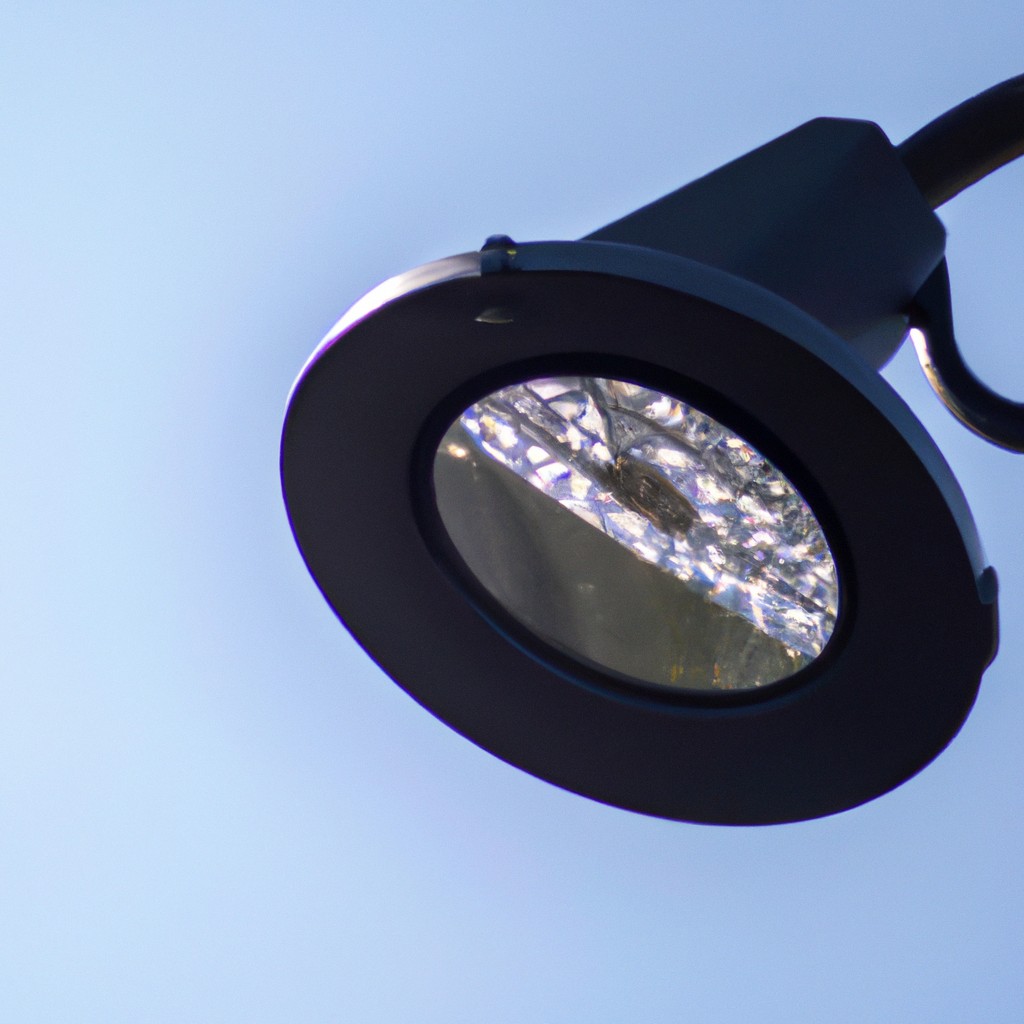In this article, you will learn various methods to charge solar lights even when the sun isn’t shining.
Key takeaways:
- Solar lights can be charged using artificial light sources.
- Indirect sunlight can still charge solar lights, although not as efficiently as direct sunlight.
- Cleaning solar panels regularly is essential for maximum efficiency.
- Place solar lights in areas that receive the most daylight, and position them near white or reflective surfaces.
- Elevating solar lights and avoiding obstructions can improve their ability to capture ambient light.
Using Artificial Light to Charge Solar Lights

Solar lights can indeed be charged using artificial light sources. Incandescent bulbs or LED lamps, which emit light similar to the spectrum of the sun, can effectively energize the solar cells within your lights. However, it’s essential to understand that the efficiency of charging under artificial light is lower compared to direct sunlight.
Place the solar lights close to the artificial light source, within a distance where they can receive the maximum amount of light. A practical distance is about 20 inches from the light bulb, but this may vary depending on the brightness of your artificial light source.
Keep in mind that the time it takes to fully charge your solar lights will be significantly longer under an artificial light. It’s typically a good idea to leave them charging overnight. Also, not all light bulbs are equally efficient for this purpose; halogen bulbs, for instance, may not be as effective as LEDs or incandescent bulbs due to their different light spectrum and intensity.
Charging Solar Lights With Indirect Sunlight
Indirect sunlight, such as on a cloudy day or in shaded areas, can still be a viable source for charging solar lights. Although the charge won’t be as strong as it is in direct sunlight, solar panels can harness the power of diffused UV rays. To optimize charging in these conditions, it is essential to place your solar lights in locations where the sky is still visible. Areas that receive the most daylight, even if not direct sun, will typically yield better results.
Maximize exposure to ambient light by positioning the lights near white walls or surfaces that can reflect light. Try to avoid placing solar lights under foliage or opaque covers, as these can significantly limit the amount of light reaching the panels. Additionally, remember that charging times may be increased when using indirect sunlight, so it’s important to give your solar lights ample time to recharge during the day.
Ensuring Solar Panels Are Clean for Maximum Efficiency
Solar panels function optimally when their surfaces are unobstructed. Dirt, debris, and even bird droppings can hinder their ability to effectively charge solar lights by blocking sunlight. Regular cleaning, therefore, is essential to maintain the panels’ efficiency.
Using a soft cloth or sponge paired with soapy water is often enough to clean the panel’s surface gently. A periodic wipe-down prevents the accumulation of residues that can significantly diminish solar absorption. For tougher grime, a non-abrasive cleaner ensures the protective glass is not scratched, preserving the panel’s integrity.
While cleaning, take the opportunity to inspect the panels for any damage. Cracks or cloudiness in the glass may warrant professional advice or replacement, as these issues can impede the charging process as well.
It’s important to clean the panels during the cooler parts of the day, such as early morning or late afternoon, to reduce the risk of hot surfaces causing premature drying or streaking of cleaning solutions. This practice also ensures the panels are ready to receive sunlight when it is most readily available.
Tips for Positioning Solar Lights to Collect Ambient Light
To maximize ambient light collection, place your solar lights where they can receive the most diffuse light throughout the day. An open area that reflects sunlight, such as near light-colored walls or large windows, can increase the charging effectiveness. Ensure they aren’t overshadowed by plants, furniture, or other obstacles that could limit their exposure.
Elevating the lights can also improve their ability to capture ambient light. If they are closer to the level of light sources, such as higher on a shelf or on a balcony railing, they will likely catch more diffuse light than if they are placed low to the ground.
Finally, consider the material of the surfaces around the solar lights. Shiny or reflective surfaces can help bounce light toward the solar panels, aiding the charging process even when sunlight is scarce. Positioning lights near these surfaces can provide an indirect boost to their power intake.
Also Read:
- Samsung TV Remote Charger: Easy Charging Solutions for Your Remote
- How to Charge Solar Lights in Winter: Effective Tips & Techniques
- How Do Solar Lights Work: Understanding the Science Behind Solar Illumination
- Clean Solar Lights: A Step-by-Step Guide for Brighter, More Efficient Energy
- Does Ring Solar Panel Require Direct Sunlight? – Get the Answer & Tips